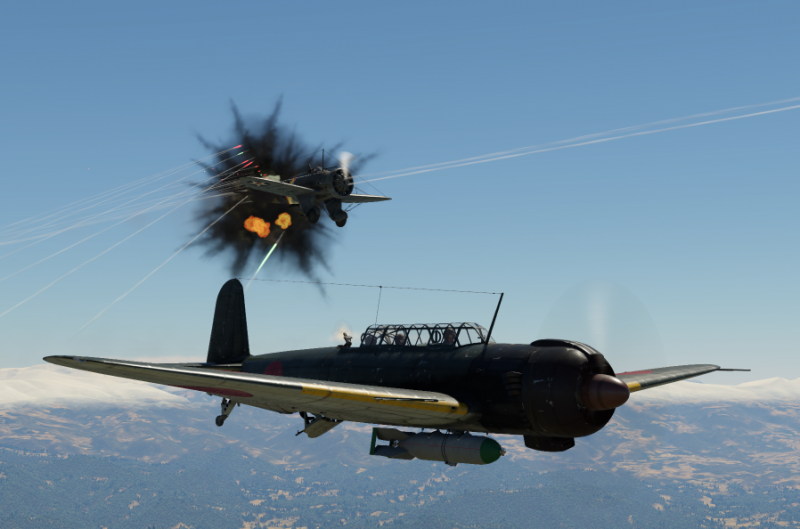File:B6N2a Model 12Ko 4.png

The B6N Tenzan began reaching front-line units in August 1943 but only in small numbers. The intent was to gradually replace all of the older B5N Kate torpedo planes then operating aboard the carriers of the Third Fleet at Truk Atoll in the Caroline Islands. However, the B6Ns were prematurely committed to battle when increased Allied naval activity in the Solomon Islands indicated a likely invasion at Bougainville. In response to this threat, the IJN initiated Operation Ro. This involved reinforcing land-based air units at Rabaul with 173 carrier aircraft from First Carrier Division (Zuikaku, Shokaku and Zuiho), including forty B6Ns. These aircraft were flown from Truk to Rabaul between 28 October and 1 November. On 5 November fourteen B6N1s, escorted by four Zero fighters, were sent to attack American shipping anchored off Bougainville. Four B6N1s were lost and no actual hits were scored, yet returning Japanese pilots claimed to have sunk one large and one medium carrier, two large cruisers and two other cruisers or large destroyers. This was considered an unusually auspicious debut for the new warplane.[9]
Additional attacks mounted on 8 November and 11 November yielded less sanguine results and suffered heavy losses in return. Only 52 of the original 173 planes from First Carrier Division made it back to Truk on 13 November, among them just six B6N1 Tenzan's out of the forty initially committed.[10]
On 19 June 1944, the B6N made its carrier-borne combat debut at The Battle of the Philippine Sea, operating in an environment where the U.S. Navy had virtually complete air superiority. Subsequently, it failed to inflict any significant damage whatsoever whilst taking heavy losses from the U.S. Navy's new F6F Hellcat fighter.
By this point, small improvements in the B6N's performance were amongst the least of the Japanese Navy's problems. When the new model became available in mid-1944, Japan had already lost most of its large carriers, and was becoming desperately short of experienced pilots. The vast majority of B6N2 operations therefore took place from land bases and failed to achieve any major successes. The planes were extensively used in the Battle of Okinawa where they were also used for kamikaze missions for the first time.
File history
Click on a date/time to view the file as it appeared at that time.
| Date/Time | Thumbnail | Dimensions | User | Comment | |
|---|---|---|---|---|---|
| current | 15:55, 9 July 2020 |  | 898 × 594 (497 KB) | HazmatCat (talk | contribs) |
- You cannot overwrite this file.
File usage
The following page links to this file:



